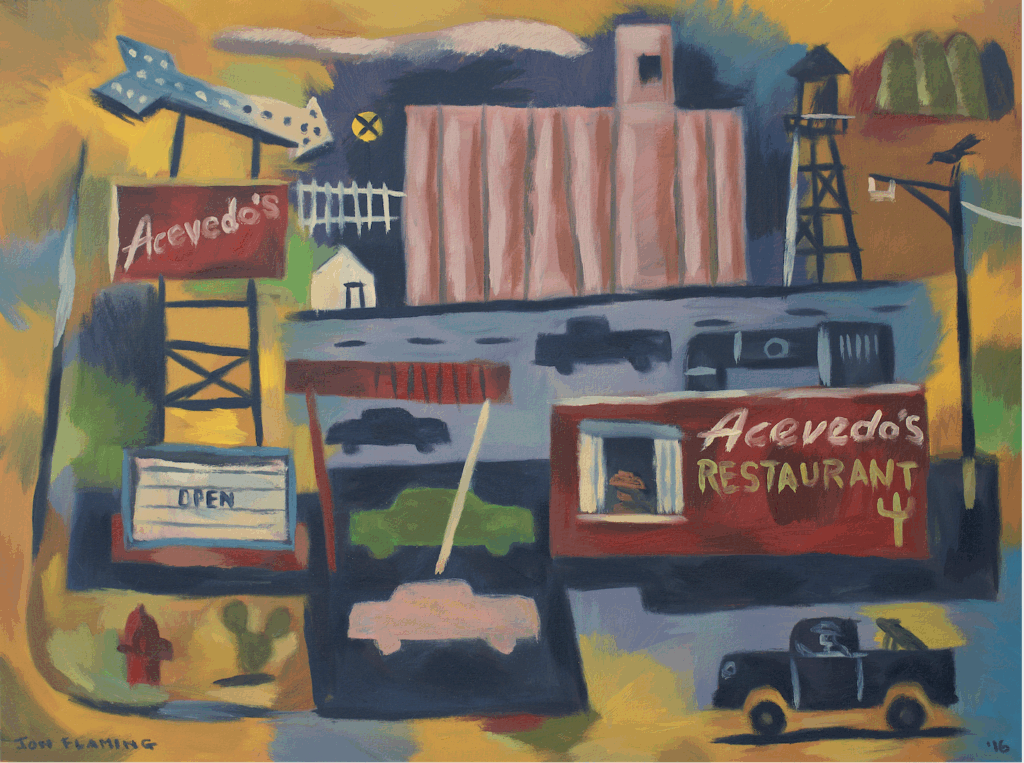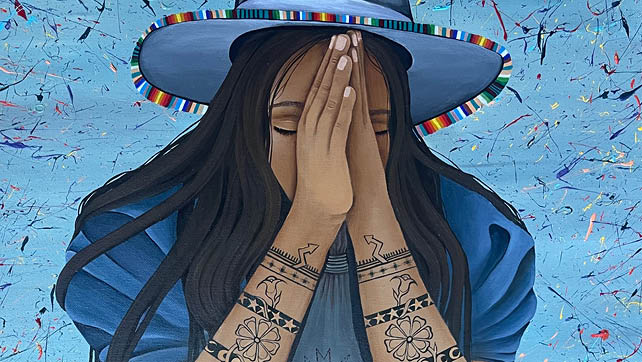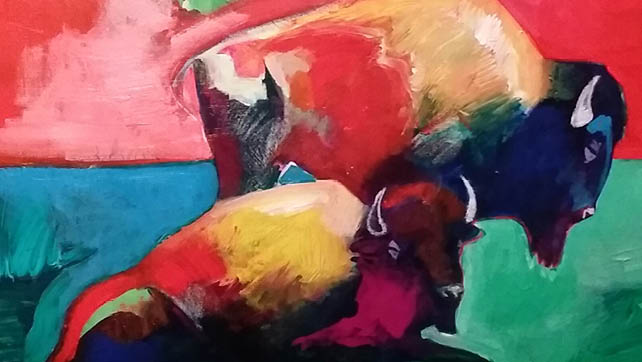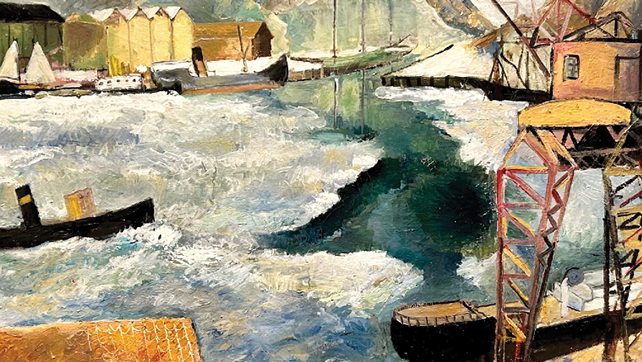Located in a restored historic mansion and spanning nearly a city block, The Citadelle is proud to bring world-class art exhibitions to Canadian, Texas. Our past exhibits reflect the museum’s mission: to educate, inspire, and enrich our community through visual art.
PAST EXHIBITIONS

Past Exhibitions at
The Citadelle
From timeless masterpieces to bold contemporary works, each exhibition at The Citadelle Art Museum has offered something unique—something that inspired curiosity, conversation, and beauty. This page is a tribute to the artists, collections, and ideas that have graced our galleries over the years.
Our exhibitions have explored everything from photorealistic automobiles to classical portraiture, regional landscapes, sculpture, and mixed media installations. Whether rooted in realism or imagination, each show helped shape our museum’s story—and enriched the cultural fabric of Canadian, Texas and the greater Texas Panhandle.
Why our exhibitions matter
Every exhibit at The Citadelle is carefully curated to:
- Introduce our visitors to world-class and emerging artists
- Celebrate a wide range of mediums and styles
- Connect art to history, culture, and community
- Offer inspiration through education and engagement
We believe in making fine art accessible and meaningful. Our past exhibitions reflect that commitment.
Explore Our Exhibition Archive

John Flaming’s Texas

Tape Art the USS Artemis: Attack of the Space Pirates

Zenith: A Celebration of Resilence and Empowerment in Native Women Artists

Spirit of Our Ancestors: Historic Ledger Drawings of the Southern Plains Indians – Cheyenne, Arapaho, and Kiowa

Mystery & Benevolence: Masonic and Odd Fellows Folk Art


